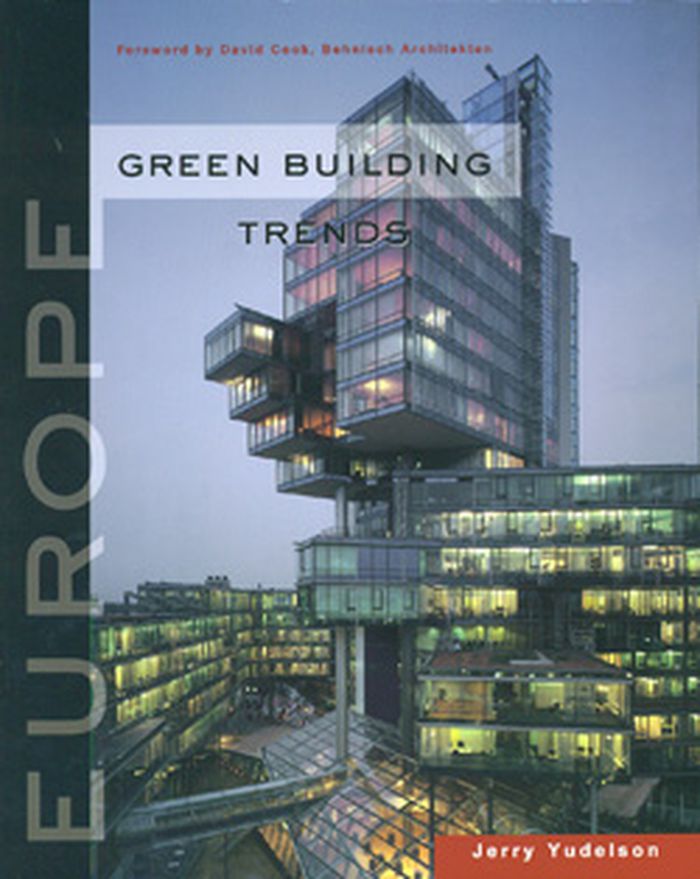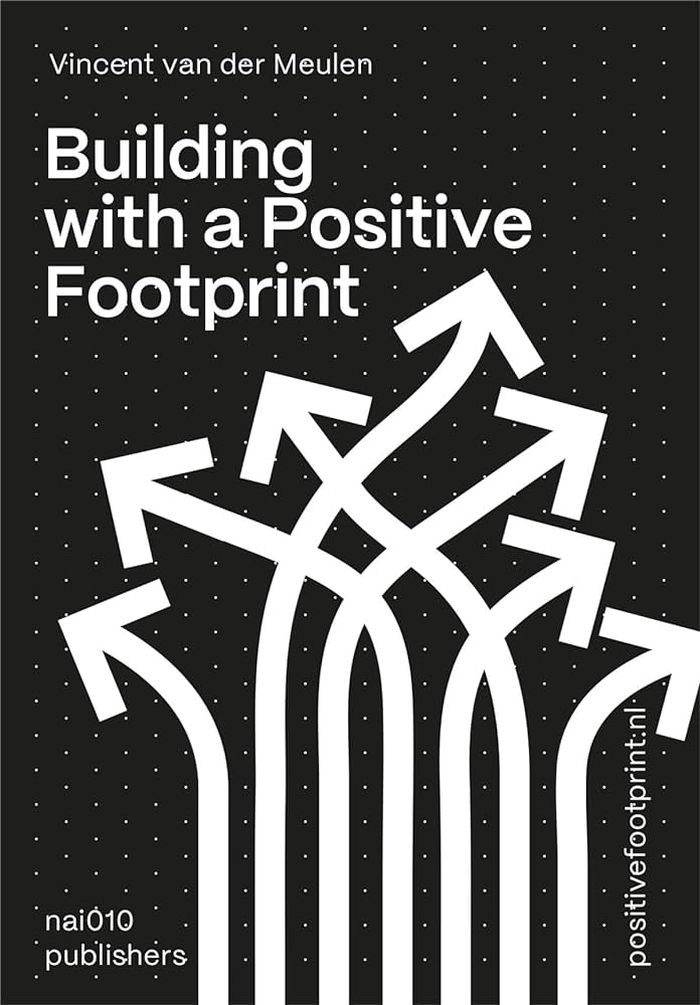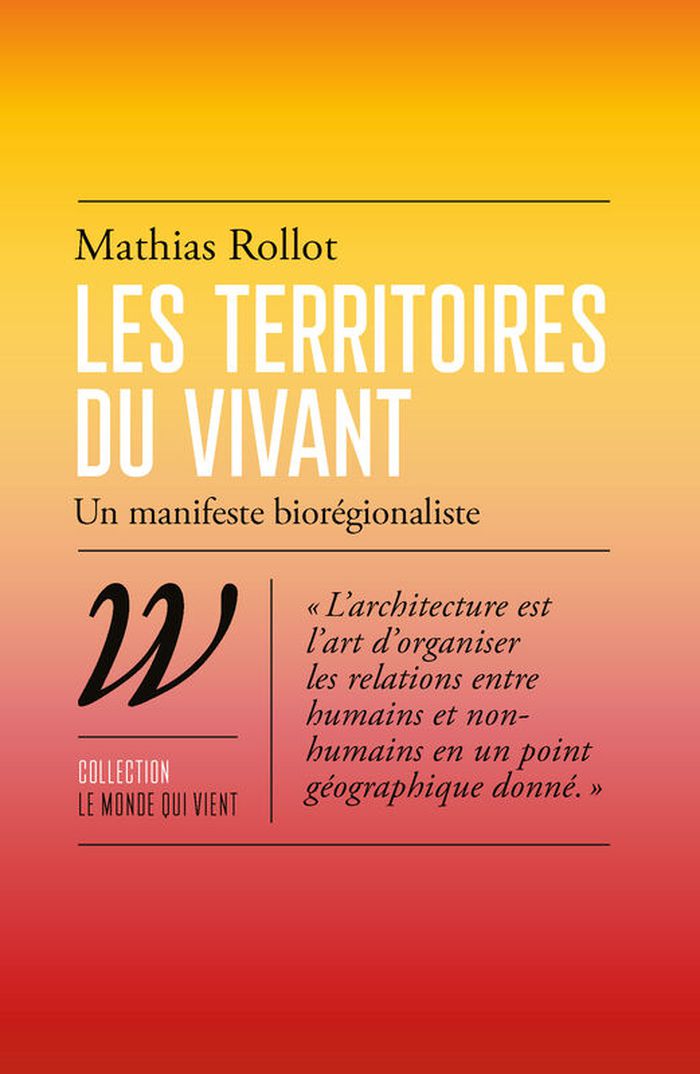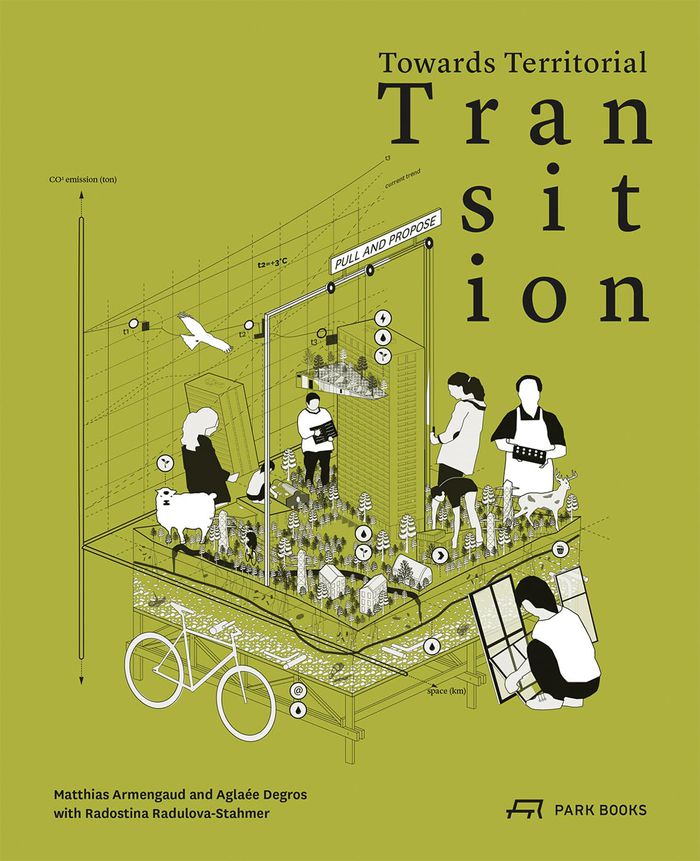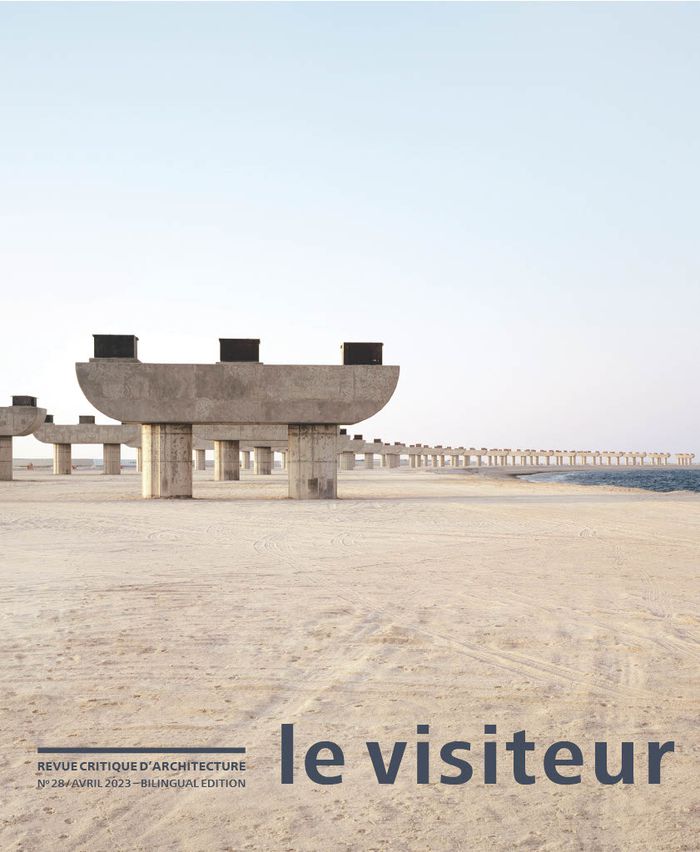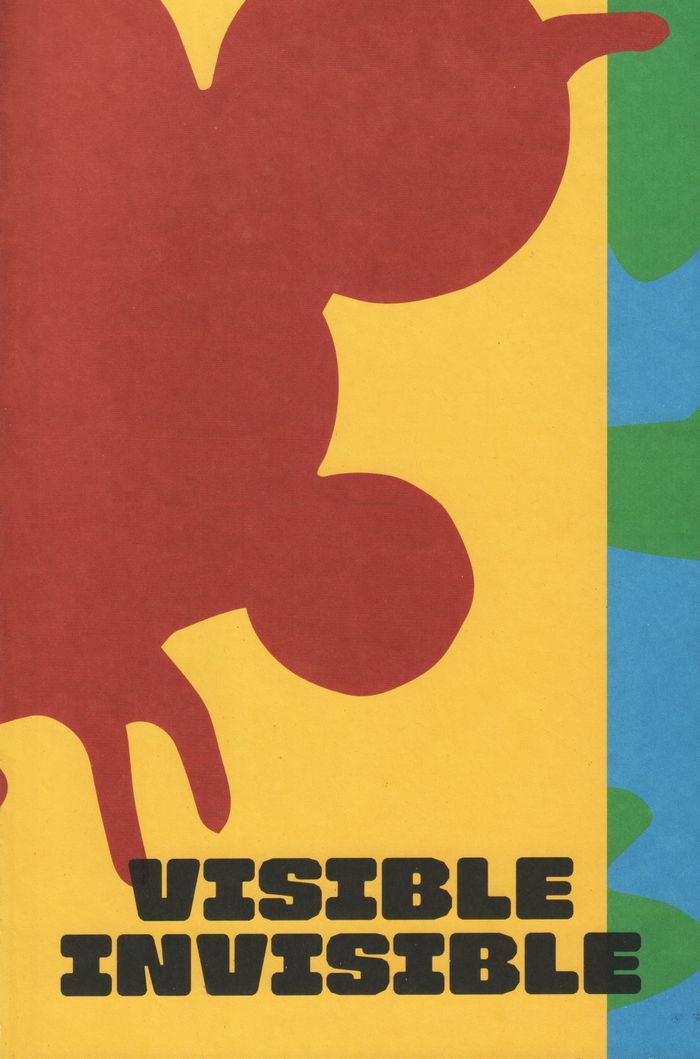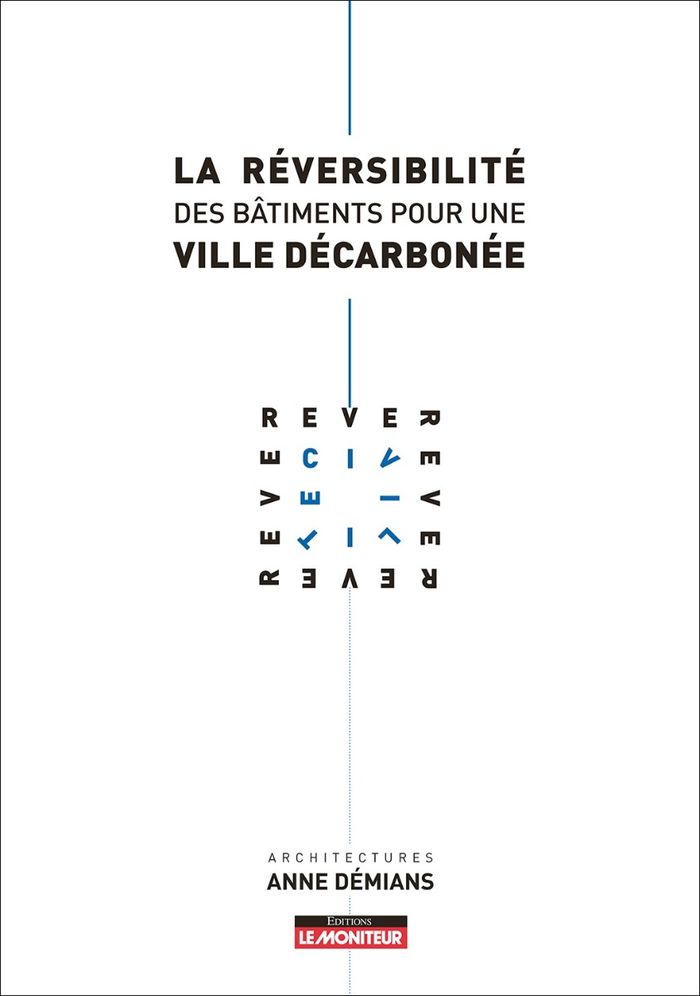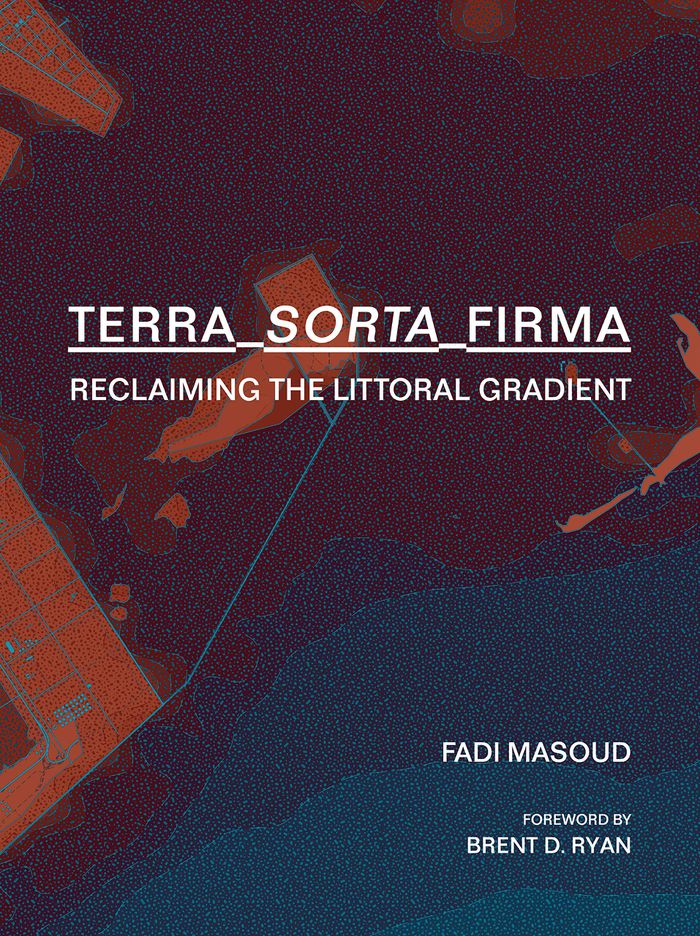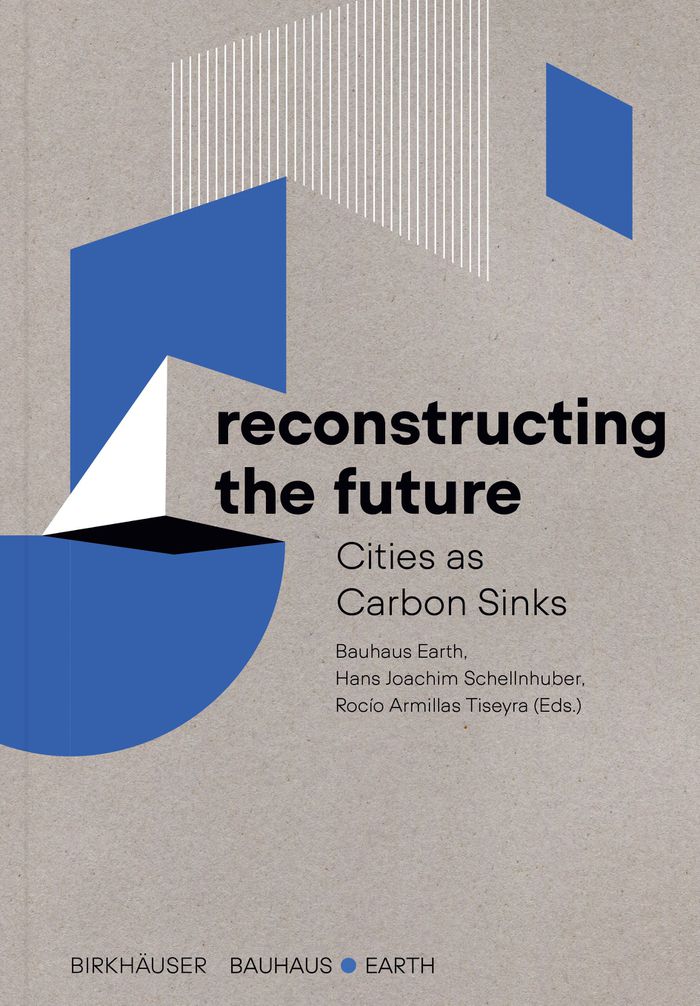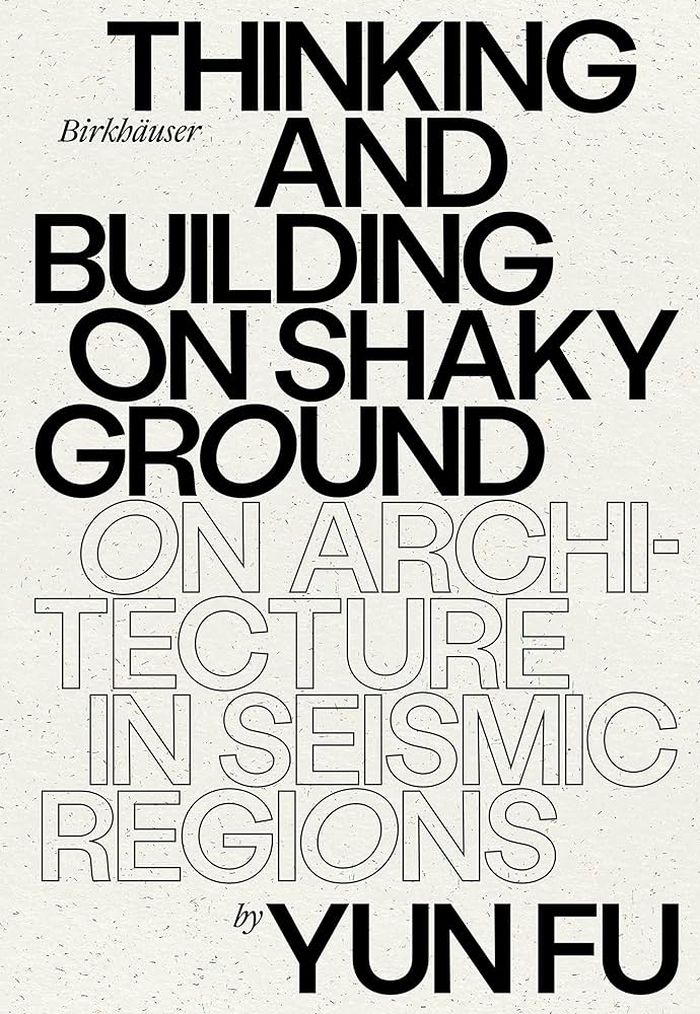Green building trends
$35.95
(disponible sur commande)
Résumé:
In order to write this book, well-known U.S. green building expert Jerry Yudelson interviewed a number of Europe’s leading architects and engineers and visited many exemplary projects. With the help of copious photographs and illustrations, Yudelson describes some of the leading contemporary green buildings in Europe, including the new Lufthansa headquarters in Frankfurt,(...)
Green building trends
Actions:
Prix:
$35.95
(disponible sur commande)
Résumé:
In order to write this book, well-known U.S. green building expert Jerry Yudelson interviewed a number of Europe’s leading architects and engineers and visited many exemplary projects. With the help of copious photographs and illustrations, Yudelson describes some of the leading contemporary green buildings in Europe, including the new Lufthansa headquarters in Frankfurt, the Norddeutsche Landesbank in Hannover, a new school at University College London, the Beaufort Court Zero-Emissions building, the Merck Serono headquarters in Geneva, and a zero-net-energy, all-glass house in Stuttgart.
Architecture écologique
$49.00
(disponible sur commande)
Résumé:
This volume proposes radical ideas for the future of sustainability in the construction and architectural industries. It asks how, rather than continuing to erect new buildings, we can instead harness the construction industry to make a positive contribution to the environment.
mars 2023
Building with a positive footprint
Actions:
Prix:
$49.00
(disponible sur commande)
Résumé:
This volume proposes radical ideas for the future of sustainability in the construction and architectural industries. It asks how, rather than continuing to erect new buildings, we can instead harness the construction industry to make a positive contribution to the environment.
$37.95
(disponible sur commande)
Résumé:
Comment continuer d’habiter ce monde étrange, accéléré, qui préfère le jetable au durable, le virtuel au réel, la nouveauté à la pérennité ? L’architecture peut-elle encore faire sens, à l’heure où se multiplient les villes aseptisées, et où nous vivons toujours plus déconnectés des milieux qui nous accueillent ? Dans ce texte engagé et incarné, l’architecte et philosophe(...)
Les territoires du vivant : Un manifeste biorégionaliste
Actions:
Prix:
$37.95
(disponible sur commande)
Résumé:
Comment continuer d’habiter ce monde étrange, accéléré, qui préfère le jetable au durable, le virtuel au réel, la nouveauté à la pérennité ? L’architecture peut-elle encore faire sens, à l’heure où se multiplient les villes aseptisées, et où nous vivons toujours plus déconnectés des milieux qui nous accueillent ? Dans ce texte engagé et incarné, l’architecte et philosophe Mathias Rollot invite à redéfinir l’architecture à partir des idées du mouvement biorégionaliste. L’éthique biorégionaliste déplace nos manières de voir le monde et ouvre des pistes radicales, pour remettre l’architecture au service du vivant et de ses territoires, et d’une société plus juste. Entre architecture et philosophie, entre aménagement et animalisme, entre militantisme et recherche, ce texte connecte des mondes et ouvre de nombreuses pistes d’action.
Architecture écologique
$68.95
(disponible en magasin)
Résumé:
''Towards territorial transition'' presents new spatial strategies, concepts, and approaches for shaping large-scale and transnational developments in architecture and urban design towards decarbonization and ecological transition. The contributions investigate interactions between ecological and resource-related systems and landscapes. They also explore potential(...)
Towards territorial transition: A plea to large scale decarbonizing
Actions:
Prix:
$68.95
(disponible en magasin)
Résumé:
''Towards territorial transition'' presents new spatial strategies, concepts, and approaches for shaping large-scale and transnational developments in architecture and urban design towards decarbonization and ecological transition. The contributions investigate interactions between ecological and resource-related systems and landscapes. They also explore potential solutions to address and deal with the dramatic threats posed by climate change and the emerging social crisis. The book introduces six basic terms of territorial transition—territory, scale, transition, resource, platform, and uncertainty—and visualizes them with spatial strategies elaborated at the École nationale supérieure d’architecture Versailles and at Graz University of Technology. Moreover, it presents a selection of transnational projects of territorial transition, such as Luxembourg in Transition (Luxembourg / France), Grand Genève (Switzerland / France), and Top Noordrand (Belgium).
Architecture écologique
Le visiteur no. 28
$37.95
(disponible sur commande)
Résumé:
Le dernier numéro de la revue est maintenant en vente à la librairie.
Le visiteur no. 28
Actions:
Prix:
$37.95
(disponible sur commande)
Résumé:
Le dernier numéro de la revue est maintenant en vente à la librairie.
Architecture écologique
Visible Invisible
$53.95
(disponible sur commande)
Résumé:
This bilingual French-English publication retraces the "Visible, Invisible" exhibition, curated by Nicolas Dorval-Bory and Guillaume Ramillien, held in 2022 at the Versailles School of Architecture, as part of the second edition of the Île-de-France Architecture and Landscape Biennale (BAP!2). In the image of the eponymous exhibition, the editorial project presents a(...)
Visible Invisible
Actions:
Prix:
$53.95
(disponible sur commande)
Résumé:
This bilingual French-English publication retraces the "Visible, Invisible" exhibition, curated by Nicolas Dorval-Bory and Guillaume Ramillien, held in 2022 at the Versailles School of Architecture, as part of the second edition of the Île-de-France Architecture and Landscape Biennale (BAP!2). In the image of the eponymous exhibition, the editorial project presents a series of inspiring opportunities, via the display and analysis of international contemporary practices, aiming to rethink the act of inhabiting the world in the era of the Anthropocene and the crises that are shaking it. These recent reflections draw upon architectural experimentation from the 1960s, symbols of an ecological awakening within the discipline and a reassessment of the precepts of Modernism. "In the face of ecological emergency, how can new architectural forms emerge from locally available materials and energy?"
Architecture écologique
$49.95
(disponible sur commande)
Résumé:
La ville de demain devra s'adapter à des modes de vie en perpétuelle mutation tout en étant peu émissive en carbone. Dans cet objectif, cet ouvrage - qui s'inscrit dans le prolongement d'une réflexion initiée par Anne Démians dès 2008, à travers le projet Basic Carbon, lauréat du concours lancé par EDF, et qui s'est concrétisée en 2019, avec la livraison des célèbres(...)
La réversibilité des bâtiments pour une ville décarbonnée
Actions:
Prix:
$49.95
(disponible sur commande)
Résumé:
La ville de demain devra s'adapter à des modes de vie en perpétuelle mutation tout en étant peu émissive en carbone. Dans cet objectif, cet ouvrage - qui s'inscrit dans le prolongement d'une réflexion initiée par Anne Démians dès 2008, à travers le projet Basic Carbon, lauréat du concours lancé par EDF, et qui s'est concrétisée en 2019, avec la livraison des célèbres Black Swans à Strasbourg - propose de faire évoluer les mécanismes de décision et la réglementation, afin que soient considérées l'évolution rapide des usages des bâtiments et les rythmes économiques de plus en plus soutenus dans la construction d'une ville et d'architectures durables. Pour cela, deux approches sont considérées : la transformation des immeubles existants et la conception de bâtiments neufs réversibles.
Architecture écologique
$54.00
(disponible sur commande)
Résumé:
For centuries, cities have grown and expanded onto previously saturated grounds; 'reclaiming' land from estuaries, marshes, mangroves, and seabeds. While these artificial coastlines are sites of tremendous real estate, civic, and infrastructural investments, they are also the most vulnerable to the effects of climate change. ''Terra-Sorta-Firma'' documents the global(...)
Terra-sorta-firma: reclaiming the littoral gradient
Actions:
Prix:
$54.00
(disponible sur commande)
Résumé:
For centuries, cities have grown and expanded onto previously saturated grounds; 'reclaiming' land from estuaries, marshes, mangroves, and seabeds. While these artificial coastlines are sites of tremendous real estate, civic, and infrastructural investments, they are also the most vulnerable to the effects of climate change. ''Terra-Sorta-Firma'' documents the global extent of reclaimed coastal lands, and provides a framework for comparison across varying geographies, cultures, and histories. It renders visible the ubiquity and precarity of urban coastal reclamation in an age of increased environmental and economic indeterminacy. The five parts of the book question urbanism’s political, economic, and physical binary relationship to wet and dry grounds in search of a new understanding of land in a state of permanent flux. This book challenges designers, developers, policymakers, engineers, and urbanists to reconsider the design and construction of land itself, and to re-imagine this most fundamental of all infrastructures along a gradient of inundation.
Architecture écologique
$71.95
(disponible sur commande)
Résumé:
The built environment is a critical factor in the climate equation. Approximately 40 percent of global emissions derive from the construction, operation, and demolition of human settlements. The 21st century must be the century of re-entanglement, where quintessential functions (housing, work, culture, recreation, etc.) are reintegrated within urban spaces; where(...)
Architecture écologique
septembre 2023
Reconstructing the future: Cities as carbon sinks
Actions:
Prix:
$71.95
(disponible sur commande)
Résumé:
The built environment is a critical factor in the climate equation. Approximately 40 percent of global emissions derive from the construction, operation, and demolition of human settlements. The 21st century must be the century of re-entanglement, where quintessential functions (housing, work, culture, recreation, etc.) are reintegrated within urban spaces; where socioeconomic and ecological systems form a mutually supportive network of networks; and where past, present, and future are perceived as interwoven waves in the river of time. Fortunately, opportunities exist to transform the built environment from a carbon source to a carbon sink through, e.g. timber construction high-rise buildings, circular bioeconomy methods, AI-assisted design, smart recycling technology, multifunctional land use, integrated regional resource management, and community-based urban development, to name just a few. This volume compiles the papers presented by world-renowned scientists, architects, spatial planners, activists, and policy makers at the Reconstructing the Future for People and Planet conference, held at the Vatican in June 2022.
Architecture écologique
$110.00
(disponible sur commande)
Résumé:
Building with earthquakes is a familiar yet persistent design problem for resilient construction on all continents. This book elaborates on various factors for earthquake-resilient architecture in six thematic chapters that explore the design strategies of lightness, quickness, exactitude, visibility, multiplicity and consistency. These factors allow designers to develop(...)
Thinking and building on shaky ground: on architecture in seismic regions
Actions:
Prix:
$110.00
(disponible sur commande)
Résumé:
Building with earthquakes is a familiar yet persistent design problem for resilient construction on all continents. This book elaborates on various factors for earthquake-resilient architecture in six thematic chapters that explore the design strategies of lightness, quickness, exactitude, visibility, multiplicity and consistency. These factors allow designers to develop contextual solutions that marry technical know-how with social and cultural understanding, ranging in scale from buildings to furniture and urban master plans.
Architecture écologique
